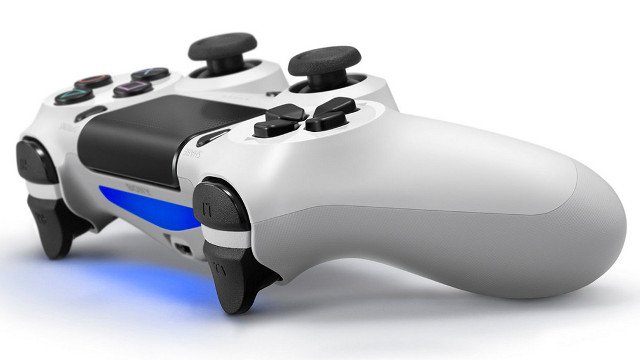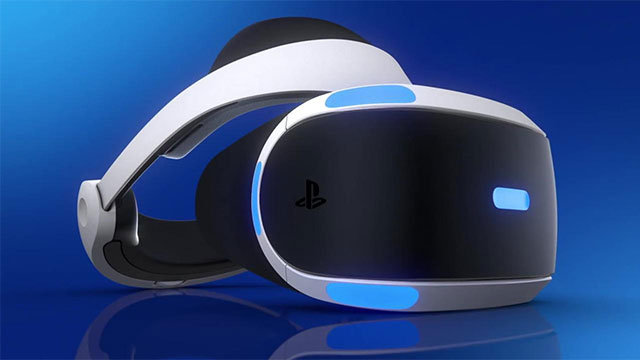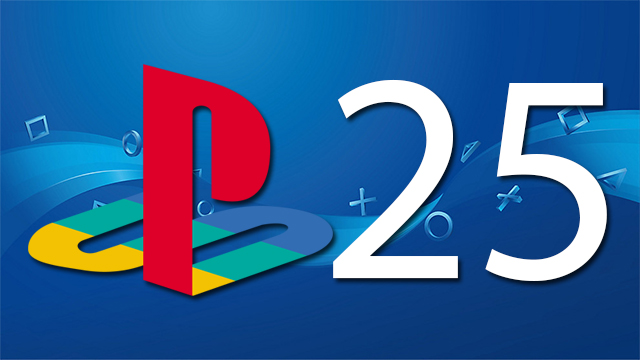It took two separate deals with Nintendo and Sega falling through for Sony to enter the gaming hardware space on its own, but that wound up being for the best as we might have never had the PlayStation brand if those deals went through. Thanks to the persistence of Ken Kutaragi and the support of Sony CEO Norio Ohga, the Japanese tech giant finally launched the original PlayStation on December 3, 1994. Over the past 25 years, we’ve seen Sony go from being an unproven gaming hardware manufacturer to experiencing widespread commercial success with the PlayStation 2 and 4. The reason the tech giant has been able to last so long is due to its technological know-how and its knack for innovation.
Unlike the competing Sega Saturn, which released one week prior to Sony’s console, the original PlayStation was all-in on 3D gaming. Ironically, it was one of Sega’s own games, Virtua Fighter, that inspired the company to focus on 3D polygon graphics rather than 2D sprites. The ability to play arcade hits like Tekken and Ridge Racer at home was an early draw for the system, and we later saw a slew of 3D platformers and action games that took full advantage of the system’s graphical prowess. From the very start, Sony was looking to push gaming forward rather than to be safe and stick with what has worked in the past.
ALSO: 15 years later, Metal Gear Solid 3: Snake Eater is still a triumph of game design
Beyond helping popularize 3D gaming and being the first successful system to use a CD-ROM, Sony also showed its flair for innovation with the upgraded controllers that released during the PlayStation’s lifespan. In April of 1997, Sony released the Dual Analog Controller, which was the first gaming controller to feature two analog sticks rather than one. The Japanese version of the controller also had rumble functionality that was barely supported, and it wasn’t until the release of the DualShock in December that saw developers start to implement vibration within games. As the name suggests, that controller managed to differentiate itself from previous attempts at vibration feedback by featuring two motors in the controller rather than a single motor like the Nintendo 64’s Rumble Pak add-on.
PlayStation’s usage of new technology has been key to its success

While the DualShock 2 looked nearly identical to the original, their PlayStation 2 controller added some awesome functionality as it featured eight pressure-sensitive buttons (all four face buttons and the shoulder buttons). While not a ton of games wound up using this functionality, mainly because it wasn’t picked up by Microsoft or Nintendo, it was still a forward-thinking move. The DualShock 3 would see motion sensing functionality added, while the DualShock 4 introduced a light bar (which wound up being important for virtual reality) and touchpad, while retaining all of the features of past controllers except for analog face buttons.
One area that has both tremendously helped and hurt PlayStation over the past 25 years has been the selection of game formats. The original PlayStation signaled in the demise of cartridge-based home consoles as CD-ROMs were much more convenient for developers. This led to widespread support from some key publishers such as Konami, Squaresoft, and Enix, whose titles gave consumers important reasons to buy a PlayStation rather than a Nintendo 64 or Dreamcast. The decision to have the PlayStation 2 use DVDs was just as pivotal as the system became one of the most affordable DVD players on the market, and made it desirable as a home entertainment system rather than just for gaming. The same followed suit for the PlayStation 3, which helped push Blu-ray players into the homes of millions.
On the flipside, we’ve also seen some of Sony’s proprietary formats and attempts at innovation fail in spectacular ways. Despite the PlayStation Portable selling over 76 million units, its Universal Media Disc was a total failure. Movies sold extremely poorly on the device, which caused movie giants Universal and Paramount to stop supporting it almost immediately. Furthermore, retail chains stopped carrying them and the experiment was largely over before it really began.
Sony used this failure as a lesson, though, and started to push digital distribution with its PSP Go revision. Digital sales have only grown in popularity, and while the PSP Go had a lackluster reception at launch, Sony going all-in on digital distribution early on has paid off in the years since as the PlayStation Store has a huge library of titles. Also on the handheld front, the PlayStation Vita’s rear touchpad was about as useless a hardware feature that Sony has ever designed. However, that feature made it more than just a PSP with an extra stick.
The future has even more innovation in store for PlayStation fans

Sony’s innovative streak goes beyond just hardware and bleeds into the games it makes as well. Its sizable network of first-party developers have helped take gaming to new heights in terms of cinematic quality and storytelling. Titles like Uncharted, The Last of Us, and God of War are graphical marvels that bring the thrills of blockbuster movies into player’s living rooms while also being interactive. We’ve also seen the console maker push and publish artistic titles like The Last Guardian, Bound, .detuned, and Linger in Shadows. They’ve helped push boundaries in terms of mainstream titles and off-beat ones, showing that it is supportive of the entire medium.
The same innovative spirit that helped make the original PlayStation a success is still alive and well with the PlayStation 4. We’ve seen a push towards making gaming more social through the DualShock 4’s Share button, innovations in streaming technology like Share Play, and the introduction of home console virtual reality. Sony is still pushing boundaries and that is a large reason for its return to success after the PlayStation 3 garnered disappointing sales for the company in those first few, rough years.
While we don’t know a ton about the PlayStation 5, the little bits that have been revealed show that the future looks bright as well. Innovations in haptic feedback have been promised and it looks like significant loading times are going the way of the dodo. Nixing loading times alone has potential to bring gaming to new heights. Regardless, fans know that a new console from Sony means innovation and that innovation is why the company has dominated gaming for the last few decades.








